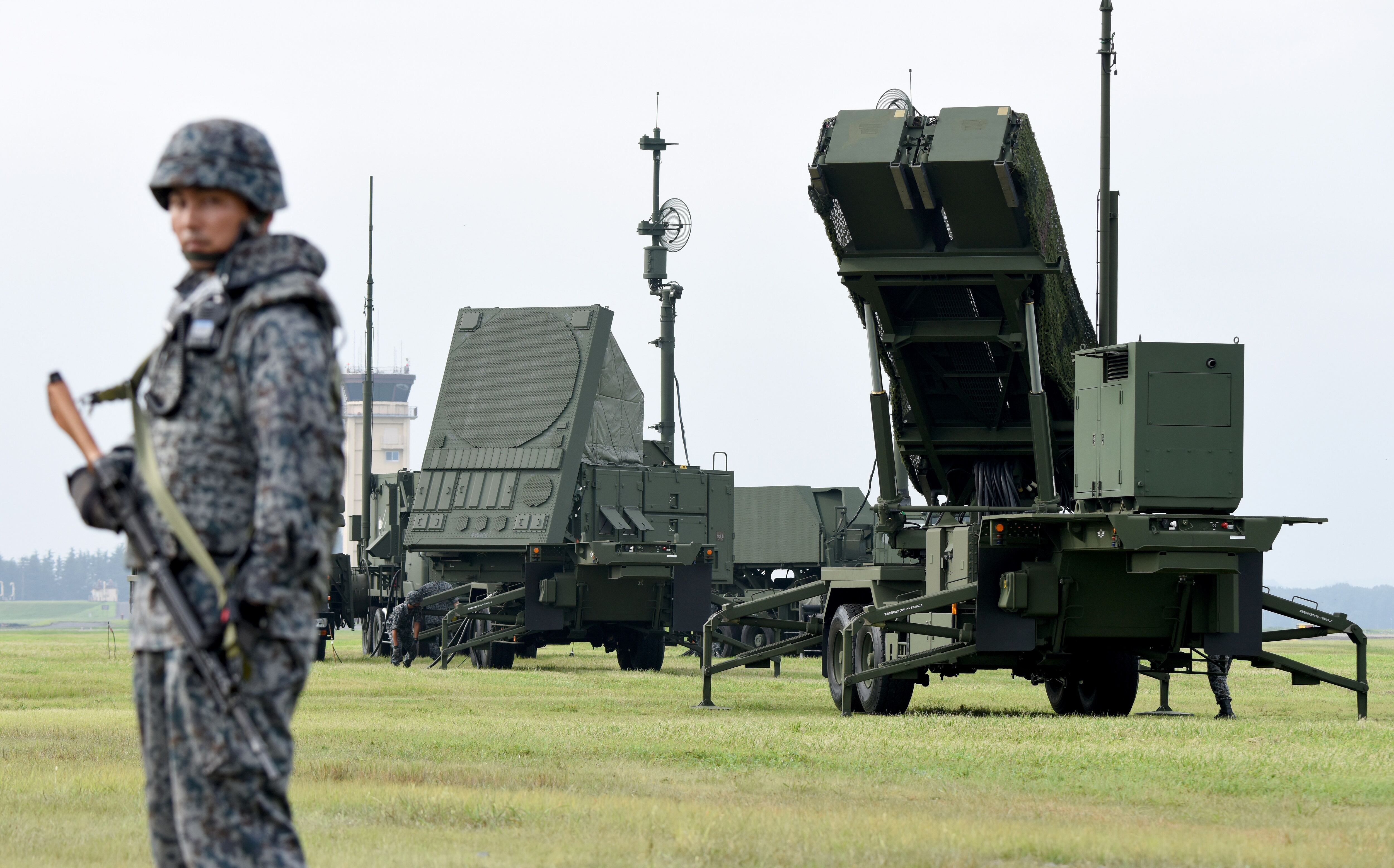MELBOURNE, Australia — The contract for the last of four Northrop Grumman E-2D Advanced Hawkeye airborne early warning aircraft ordered by Japan has been awarded, as the country announces plans to reorganize its airborne early warning aircraft command.
According to a Sept. 5 contract award announcement by the U.S. Department of Defense, Northrop Grumman has been awarded a $164 million firm-fixed-price modification to an existing contract for a new-build E-2D Advanced Hawkeye aircraft . This follows similar contract awards in November 2015, July 2016 and June 2018, and brings the total procurement cost for Japan for the four E-2Ds to $633 million, not inclusive of engineering and other related costs.
The first Japanese E-2D is currently undergoing flight tests, having made its first flight from Northrop Grumman’s Aircraft Integration Center of Excellence in St. Augustine, Florida, in October 2017, with delivery expected in late 2019.
The E-2D is the latest variant of the E-2 Hawkeye carrierborne, airborne early warning aircraft, which is already being operated by the U.S. Navy. It features a new Lockheed Martin AN/APY-9 ultrahigh-frequency-band radar, which is able to detect and track cruise missiles and low-observable aircraft.
However, the Japanese aircraft are not fitted with the Cooperative Engagement Capability, or CEC, like U.S. Navy E-2Ds. CEC is a sensor network with integrated fire control capability that combines data from multiple battle-force air-search sensors on CEC-equipped units into a single, real-time, composite track picture.
Japanese media has also previously reported that the Defense Ministry is looking to equip its E-2Ds and Aegis-equipped destroyers with CEC, allowing the former to guide missiles fired by the latter.
RELATED

Japan is also renaming the command organization in charge of its airborne early warning aircraft. In its latest budget request released in late August, the Ministry of Defense announced that its Airborne Early Warning Group will be renamed as the Airborne Early Warning Wing to reflect its expanded fleet of such aircraft.
The Japan Air Self-Defense Force currently operates 13 older E-2C Hawkeyes and four E-767 aircraft in the role at its bases in Misawa and Hamamatsu, respectively. A small detachment of E-2Cs also operate out of Naha on the southern Japanese island of Okinawa.
The U.S. State Department had approved Japan’s request to acquire four E-2Ds under the Foreign Military Sales program in June 2015, with the announcement by the Defense Security and Cooperation Agency at the time listing an estimated cost of $1.7 billion including associated equipment, parts and logistical support.
Mike Yeo is the Asia correspondent for Defense News.








